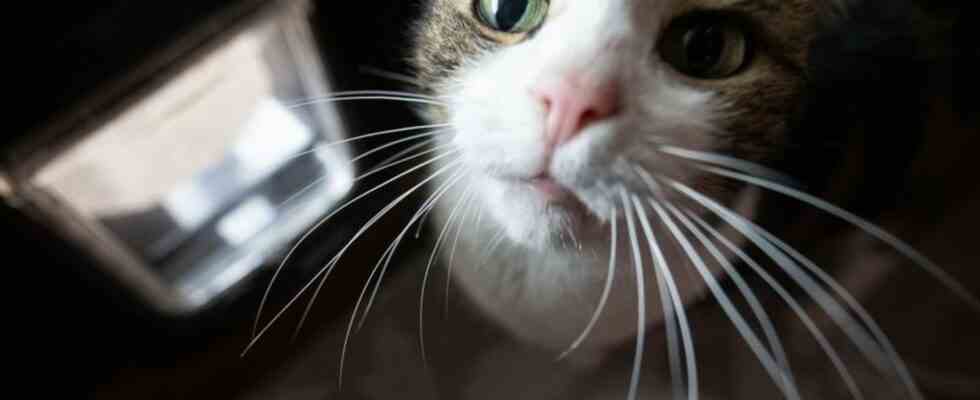environment
Cat lockdown in Walldorf ended prematurely
Mimi is allowed to go outside again through the cat flap – the three-month curfew in Walldorf in Baden-Württemberg was lifted early. photo
© Marijan Murat/dpa
Radical measure: To protect the endangered crested lark, many domestic cats in the Rhein-Neckar district were temporarily curfew. Now there is good news for the four-legged friends and their owners.
After a three-month curfew, cats are allowed to roam freely again in Walldorf, Baden-Württemberg. Two weeks earlier than planned, the lockdown for cats in the Rhein-Neckar district, which is unique in Germany, ended today. Thanks to the weather conditions, the young crested larks, which are threatened with extinction, have developed so far that they are no longer at risk. That is why free-roaming cats are allowed to leave the door early, the office justified the step.
The order came into force at very short notice in mid-May and caused a nationwide sensation and a lot of criticism.
At the same time, the authority has now made it clear that the original general decree has not been repealed with the current partial change. “It will continue to apply until 2025 – in the period from April 1st to August 31st inclusive,” confirmed the authority, to which some cat owners had lodged an objection. A fine of 500 euros was imposed on one owner. According to the office, his animal had been observed hunting near the breeding area of the birds in the south of the village.
The office justifies the order by pointing to only 60 breeding areas in the country. The cats pose a considerable danger to the ground breeders, who only look for food on the ground. In Walldorf-Süd there were only three breeding pairs last year. Animal rights activists, on the other hand, drew attention to the predicament of the cats, who were used to being outdoors.
Cats are exempt from the ban if they are kept on a short leash or verifiably do not move in areas where they could pose a danger to the young animals.

